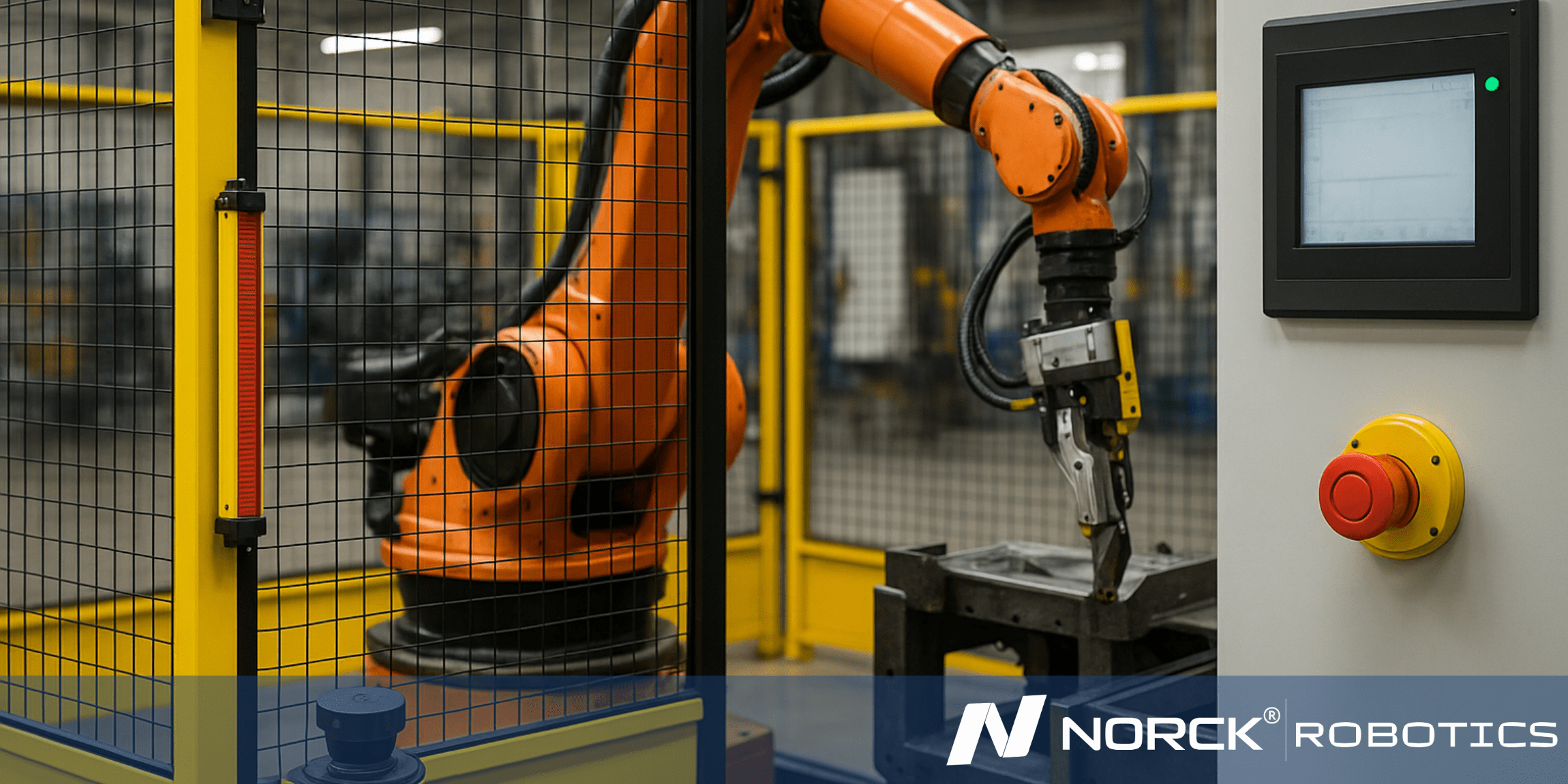

Detail: Due to the high speed and power of robots used, automotive production cells require comprehensive safety systems, including physical guarding (fences), light curtains, safety laser scanners, emergency stops, and safety-rated PLCs/controllers to protect personnel.
Ready to automate your future? Get a quote from Norck Robotics now!
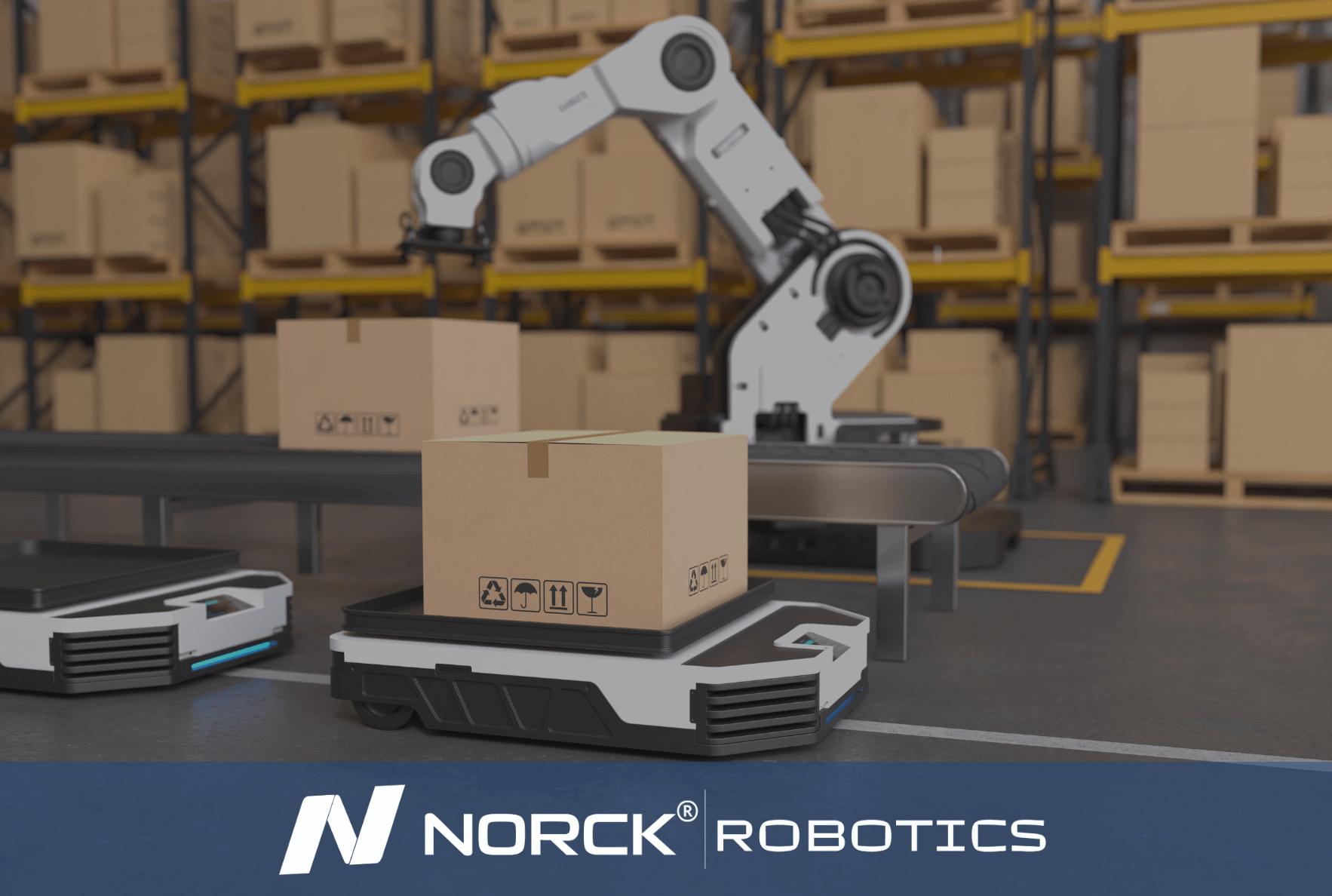
Norck Robotics specializes in providing unique robotic automation and engineering solutions designed to meet the specific operational needs of each client. Our expertise covers a wide range of industries and applications.
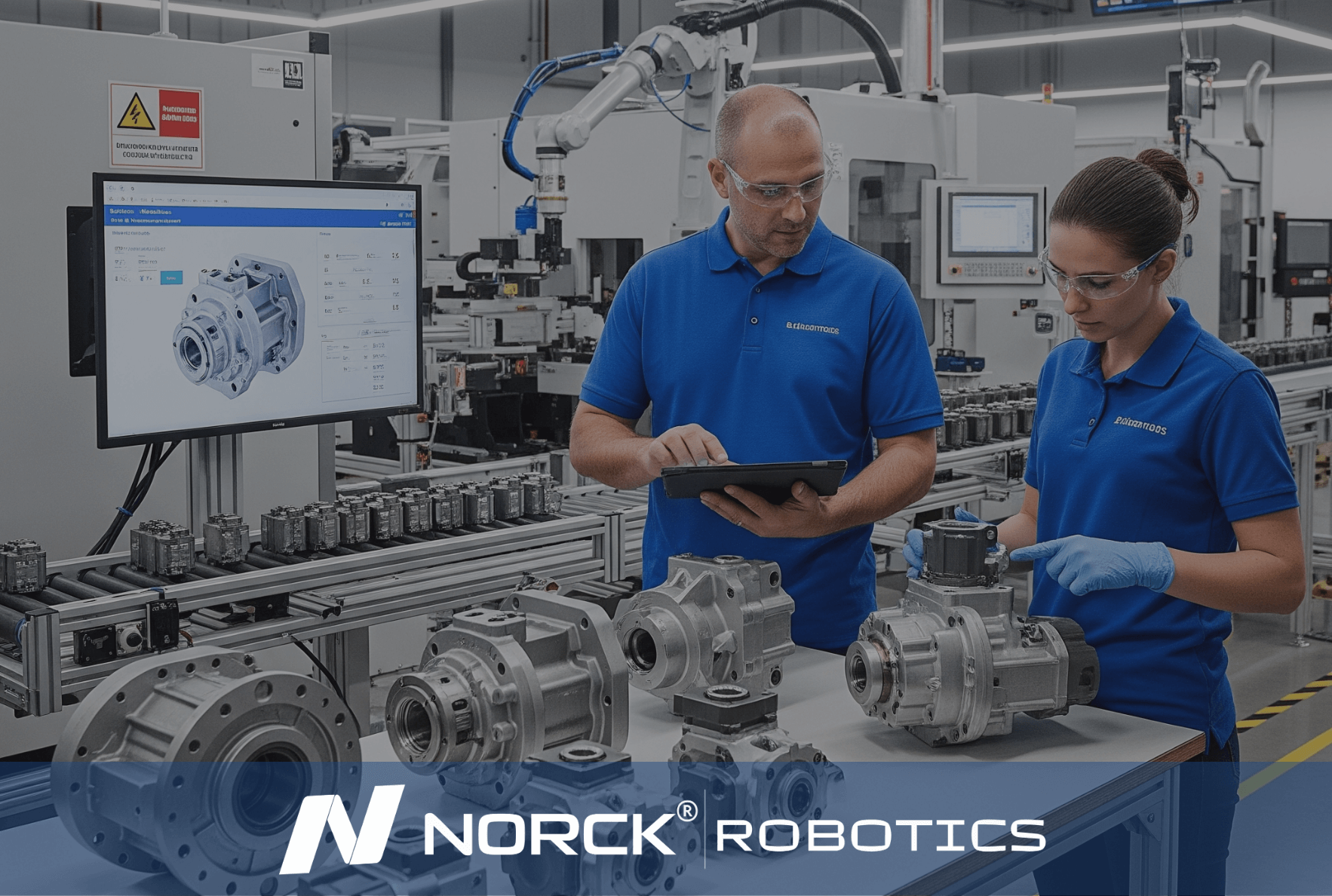
Norck Robotics delivers turnkey robotic automation and engineering solutions tailored to your specific needs across various industries.

Whether you need a single robotic cell prototype or full-scale factory automation, Norck Robotics engineers are ready to collaborate with you to bring your concept to life.
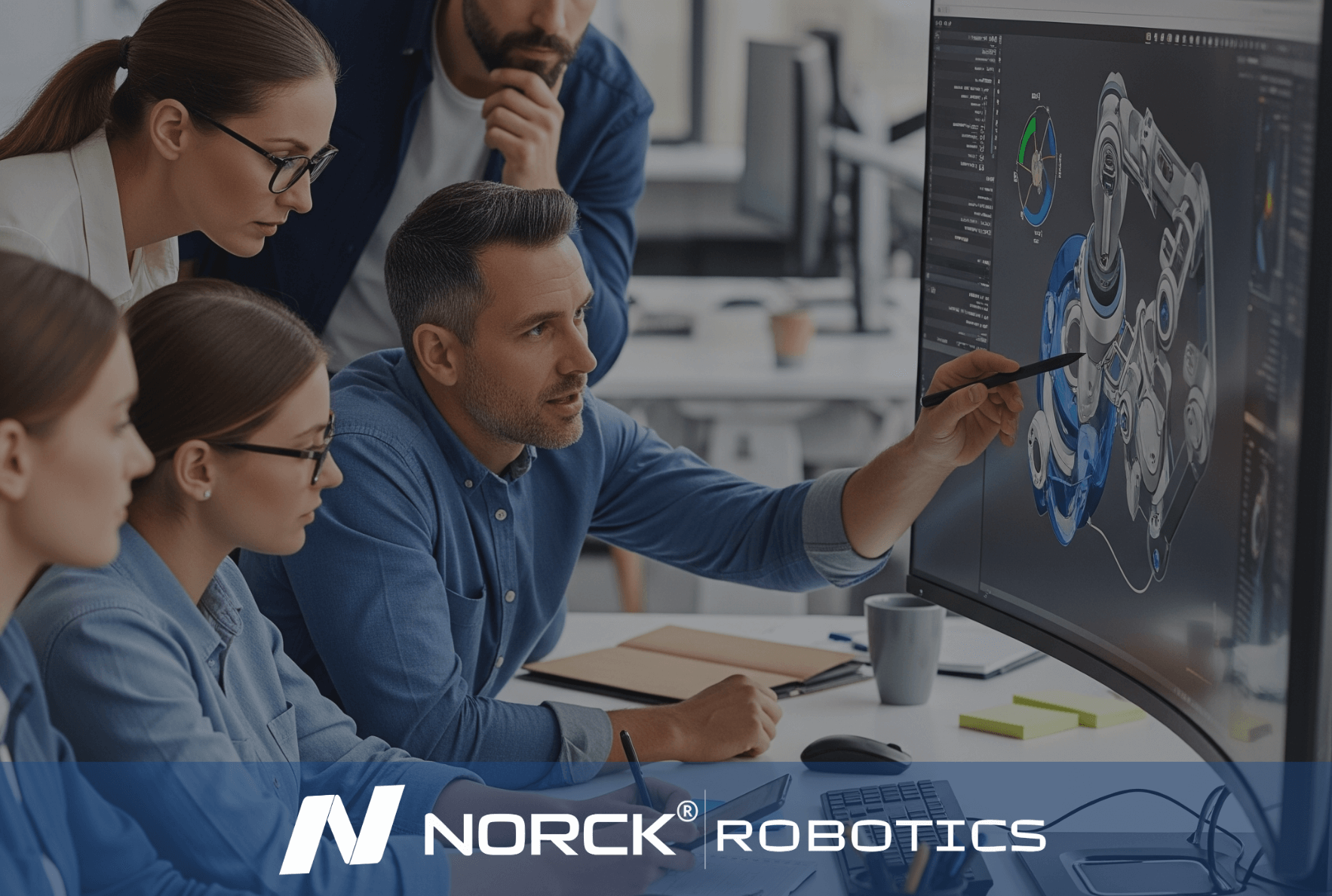
Norck Robotics engineers analyze your existing processes to provide feedback that enhances efficiency, cost-effectiveness, and productivity for robotic integration.
Safety is paramount when dealing with automotive robotic cells because browsers operate at high speed and are an extreme potential hazard if not controlled properly. Due to the weight of the components involved, rapid movement and automated tools positioned in robotic cells, there is no doubt that almost anyone could be injured.
Because of these risks, complete industrial safety systems can be used that include:
Disallow access to any active robot zone, be it accidental or purposeful, thereby eliminating exposure
Identify personnel departing a dangerous zone and will immediately stop all activity and functioning of the robot.
In the same regards as "virtual" fences; by monitoring defined zones and decommissioning active safety areas controlled by programming logic.
Manual means of stopping immediate machinery functions if in a state of emergency.
Allows for a verified fail-safe signal and logic to work in tandem with industry standards.
These systems work great to keep human workers away and safe while allowing robotic systems to work efficiently and reliably.
Industrial safety systems are necessary to protect workers in an environment with powered robots, especially in the automotive manufacturing sector. Safety systems exist for hazard detection and stopping robot movement, as well as for keeping humans away from hazards. A robotic cell has many layers of safety features built in; it's made to reduce risk and provide a safe place of work proactively and reactively.
Some important ways that safety systems keep workers safe include:

In addition to its own expert engineering team, Norck Robotics provides access to a network of hundreds of top-tier system integrators, robot manufacturers, and component suppliers across the United States, Germany, and Europe.

Working with Norck Robotics reduces dependency on manual labor, increases production consistency, and secures your operations against unforeseen disruptions, quality issues, and fluctuations. This enhances your company's supply chain resilience.
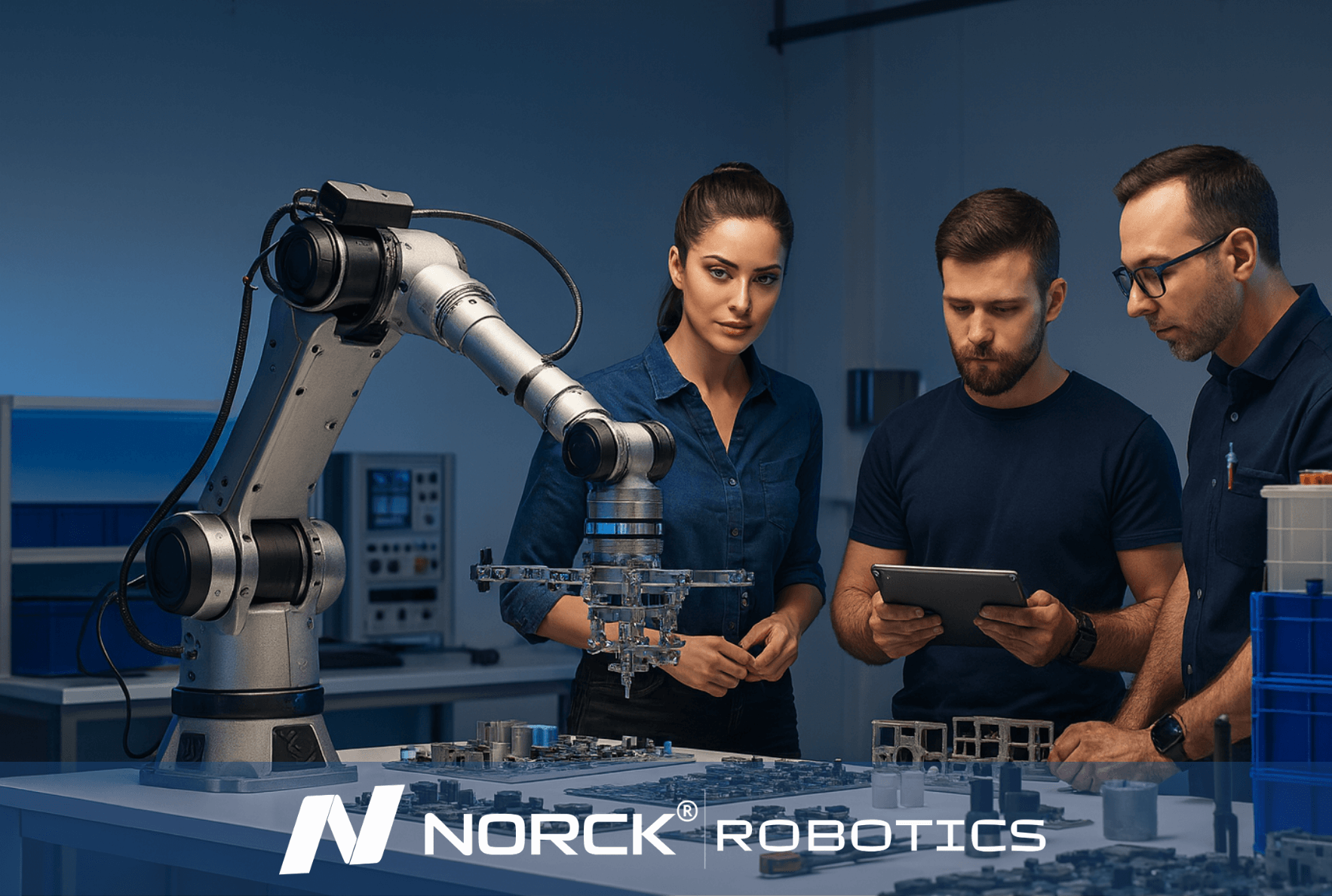
Norck Robotics advances digital automation by developing custom-designed robot grippers, advanced vision systems, and innovative simulation software. With an AI-driven, data-centric approach, it enables smarter system design, optimal performance, and predictive maintenance solutions.
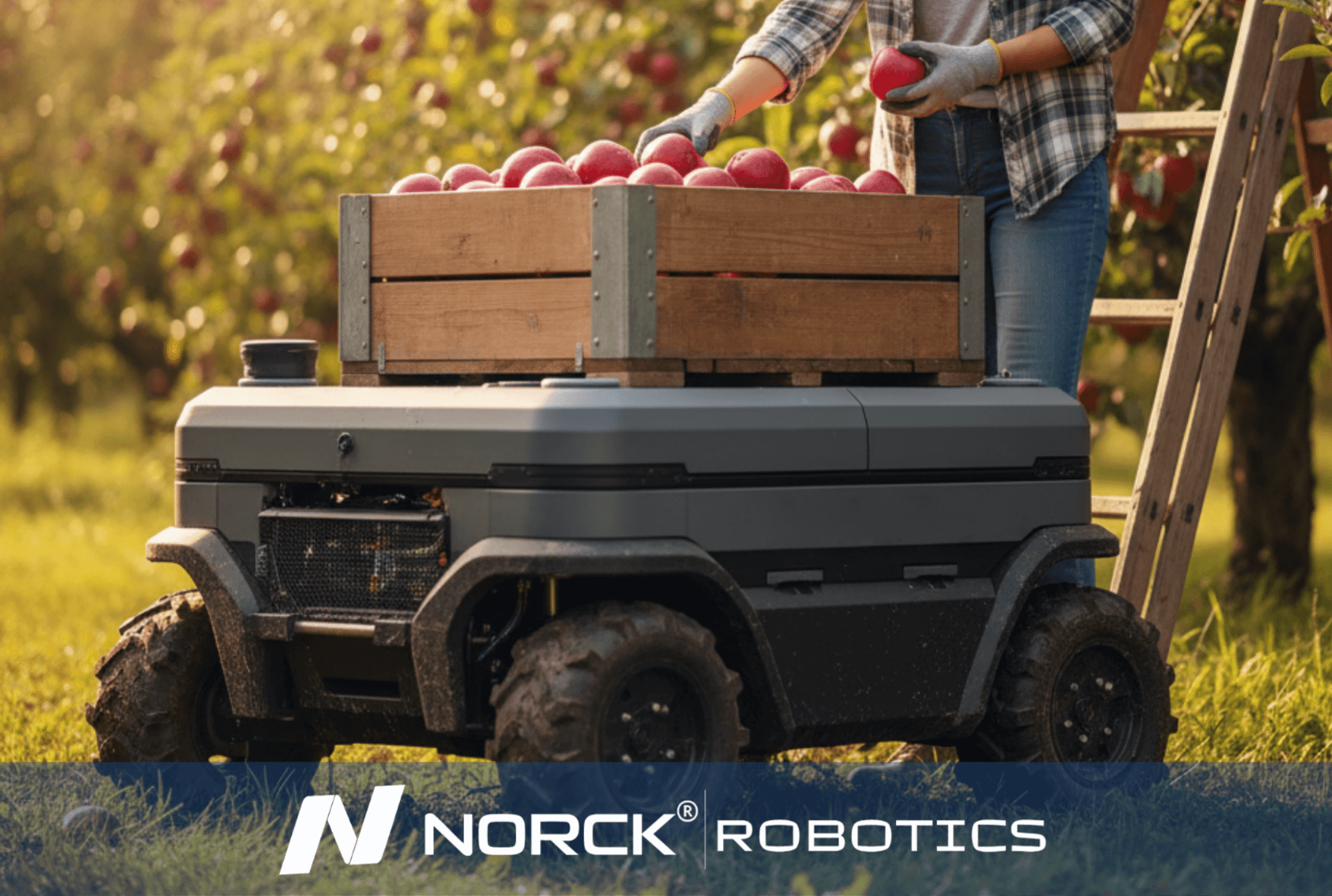
Norck Robotics encourages its partners to be carbon-neutral by reducing energy consumption and material waste through the efficiency of robotic automation, and prioritizes environmentally conscious suppliers.